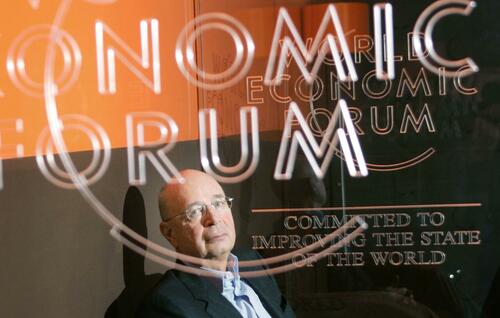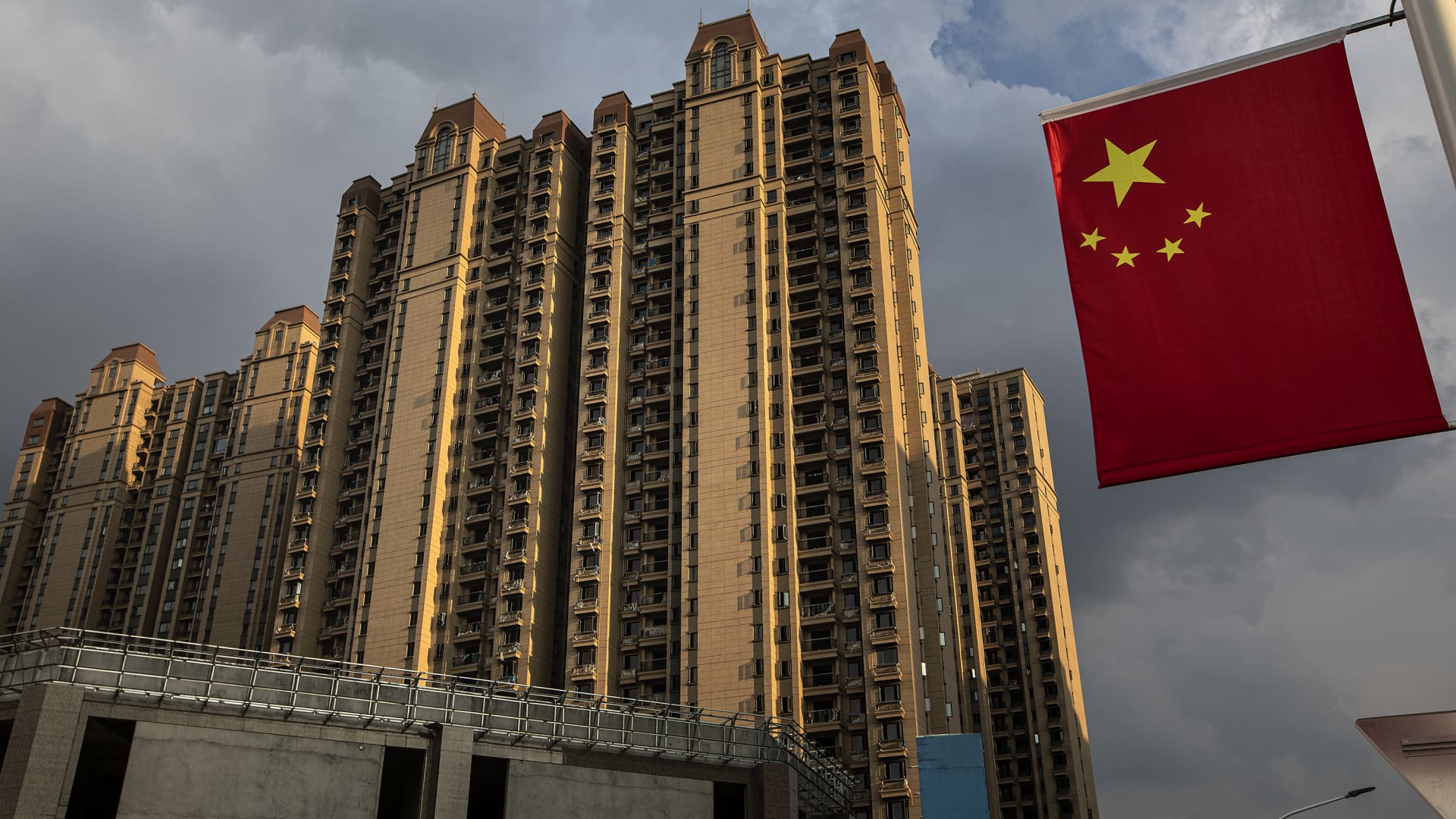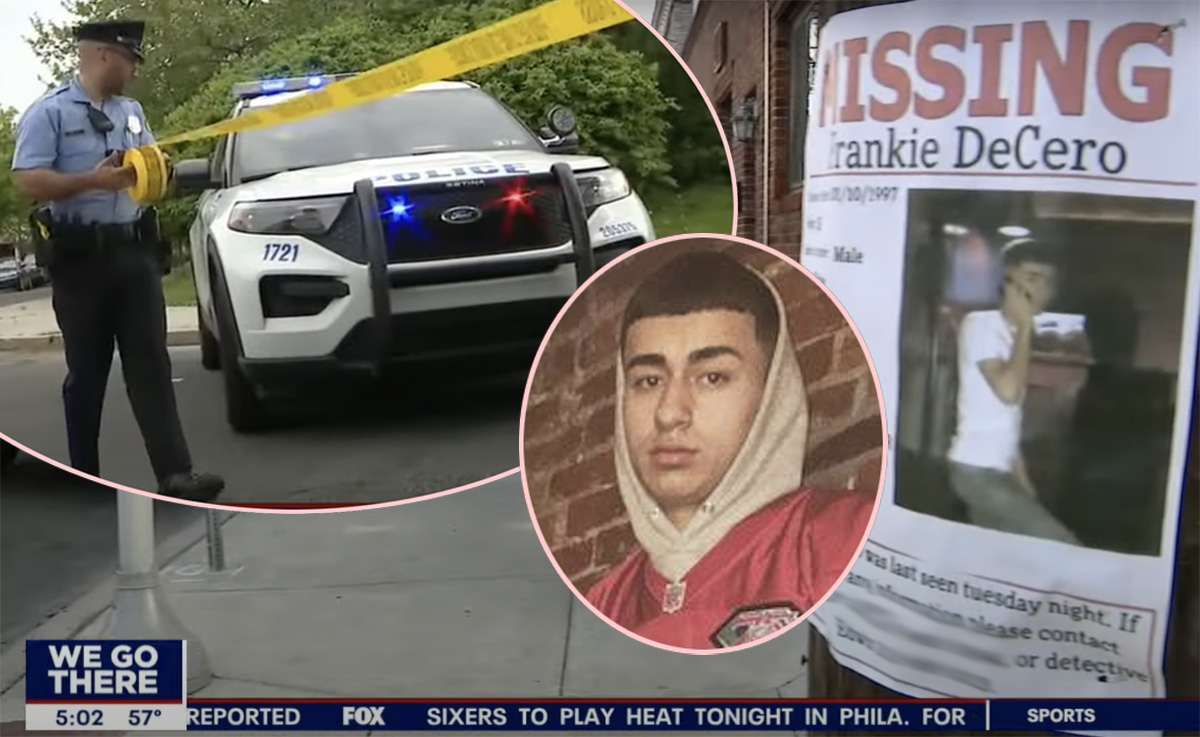The opposition parties have diverse and regional interests. If there is any commonality that binds them, it is their desperation to protect the turf in their own states, not only from the BJP but also from each other, as the Aam Aadmi Party (AAP) and the Congress have shown in Delhi. Many, like the TMC or the Nationalist Congress Party (NCP) in Maharashtra are splinter groups of the Congress and would be wary of the latter’s efforts to regain political space by eating into their share.
Nitish Kumar, however, wants the inclusion of Congress for the sustainability and stability of the new opposition front. After all, the Congress recently won the state assembly elections in Karnataka and Himachal Pradesh and has governments in Rajasthan and Chhattisgarh. AAP, another opposition party with heft, rules Punjab and Delhi even as others like TMC, TRS (Telangana Rashtra Samithi now known as Bharat Rashtra Samithi), Janata Dal (United) and Rashtriya Janata Dal (RJD) head one state each.
Nitish has been travelling across states meeting his counterparts, besides the presidents of regional parties in the past few months. He has met his counterparts K Chandrashekhar Rao in Telangana, Mamata Banerjee in West Bengal, Hemant Soren in Jharkhand, Naveen Patnaik in Odisha and Arvind Kejriwal in New Delhi. He also met party presidents, Mallikarjun Kharge (Congress) Sharad Pawar (NCP) Uddhav Thackeray (Shiv Sena UBT) and Akhilesh Yadav in Uttar Pradesh. Incidentally, Nitish heads a seven-party coalition in his state, which counts the Congress and the Rashtriya Janata Dal as its members.
A similar effort to cobble together an opposition platform came to naught in 2019 just before the general elections despite his hectic efforts. Despite that, he is out to construct a political coalition again.
Mamata tasked Nitish with creating the JP (Jayaprakash Narayan) movement of the mid-1970s and urged him to convene an all-party meeting in Bihar. The meeting which was supposed to take place on June 12 had to be cancelled due to the prior engagements of Congress president Mallikarjun Kharge, party leader Rahul Gandhi and Tamil Nadu CM MK Stalin.
“The opposition meeting to be held on June 12 has been postponed. Heads of all political parties were supposed to come to the meeting, and it would not be right if any other representative came. So, we’ve asked the Congress party that the head of the party should come,” he said on the sidelines of an event. The new date has now been fixed for June 23.
Interestingly, on Nitish’s insistence that the heads of political parties should attend the meeting, a galaxy of opposition leaders will land in Patna on the 23rd. They include Kharge as well as former Congress president Rahul Gandhi, as well as the CMs of West Bengal, Delhi, Jharkhand and Tamil Nadu, Pawar, Uddhav Thackeray, Akhilesh Yadav, Communist leaders D Raja (CPI) and Sitaram Yechury (CPI-M) are also expected. Bahujan Samaj Party leader Mayawati (UP) has not given her consent as yet.
One major contentious issue to hammer out will be the role of the Congress. However, it’s a beginning that has activated the BJP to regroup the National Democratic Alliance built in May 1998, and which started shrinking after 2014’s grand victory of Narendra Modi.
The JP movement
The movement started by firebrand socialist leader Jayprakash Narayan began in Bihar with students opposing the policies of the state government in 1974. Thereafter, the movement had reached colleges and campuses across the country.
JP was the one whose call for total revolution against the leadership of then Prime Minister Indira Gandhi resulted in a pan-India public movement that opposed the Emergency that was declared on June 25, 1975. Leaders courted arrest, and people across political ideologies banded together. JP garnered the support of the masses before gathering the political class. JP did not bother about who would join his bandwagon. Instead, he launched a public movement.
Nitish, however, finds himself in a Catch-22 situation as the issues of price rise, unemployment, vindictive politics, investigations by Central agencies against opposition leaders and their incarceration aren’t cutting it as issues for the public to get behind.
The parties keen for opposition unity are largely focused on the removal of PM Narendra Modi, who thanks to the campaign that the BJP runs, dwarfs other opposition leaders.
If anything it is the fear for survival in Indian politics that is perhaps a stronger propellent for the opposition parties, as they fear Modi’s return will bring an end to internal democracy and establish electoral autocracy.
While the BJP already has a plan in place to ensure victory in the 2024 general elections, many regional parties are on a see-saw, as they have to protect their political territory in their states and make a mark in the national arena. Since they manage the latter singularly, a national front is a must.
The United Progressive Alliance was built by Sonia Gandhi after the 2004 Lok Sabha elections. The UPA with allies in the north and the south ruled the country for a decade, till 2014. However, led by the Congress, its revival may not be acceptable to many political parties.
Besides Nitish, Mamata and K Chandrashekhar Rao have also tried their hands at knitting opposition unity. But their signals have been mixed. KCR has opposed Congress’s entry as it has to face the electorate in Telangana later this year.
U.P, the biggest hurdle
But it is Uttar Pradesh, the most populous state with 80 Lok Sabha seats, that is the biggest hurdle in opposition unity at the Centre.
The Samajwadi Party (SP) leads the opposition space with its arch-rival, the Bahujan Samaj Party (BSP) closely behind. The SP had won five Lok Sabha Seats and polled 17.96% votes while the BSP had bagged 10 seats and polled 19.26% votes in the 2019 parliamentary elections. They had forged an uncomfortable alliance for the polls, which, on paper, looked like a winning formula. However, the SP leaders feel the BSP played into the BJP’s hands and sabotaged the party’s prospects.
Though there is no confirmation or denial, the signals that emanate from the BSP quarter indicate the party’s growing rapport with the BJP in the state.
However, in the 2022 assembly elections for 403 seats, the SP won 111 seats polling 32.06% votes while the BSP could win just one seat polling 12.88% votes.
The Congress tally shrunk to one seat and 6.31% votes in 2019 and two seats and 2.33% votes in the 2022 state assembly elections. The Congress, which has ruled the country for decades and has representation across the country, would like to be the key player in the Lok Sabha elections in which its stakes are higher than those of the regional parties.
Then, there are smaller groups like the Rashtriya Lok Dal, whose influence is restricted to West UP.
Furthermore, in a caste conscious society, the political parties have to build coalitions of castes to build their winning combinations.
Why will bringing them under one banner be a herculean task?
This is simply because an alliance experiment among three parties — the SP-Congress in the 2017 assembly elections and SP-BSP in 2019 general elections — not only failed to yield results, but also created a huge trust deficit among the parties.
Second, their vote banks overlap. Let’s take the crucial vote bank of 19% Muslims. The SP wants to retain it and the BSP is keen to share it, if not snatch it from the SP. The Congress is desperate to regain it (Muslims used to be their hardcore supporters). In other words, the revival of the Congress would weaken both the SP and the BSP.
Another traditional vote bank of the Congress, the 21% Dalit population shifted to the BSP after Mayawati became chief minister for the first time in 1995.
Once again, while the BSP is struggling to retain it, the SP is on a poaching spree and the Congress is desperate to win it back. And then the division of the 80-seat Lok Sabha will be contentious.
The fact is opposition unity can become a reality if Nitish has a formula to crack it. This explains why the BJP isn’t too worried, as this is not an easy task.
BJP leader Chandramohan said their strength is the charismatic leadership of Prime Minister Narendra Modi and the dedication of their booth presidents.
On the other hand, the SP, BSP and the RLD combine have represented a large section of the electorate in UP.
















